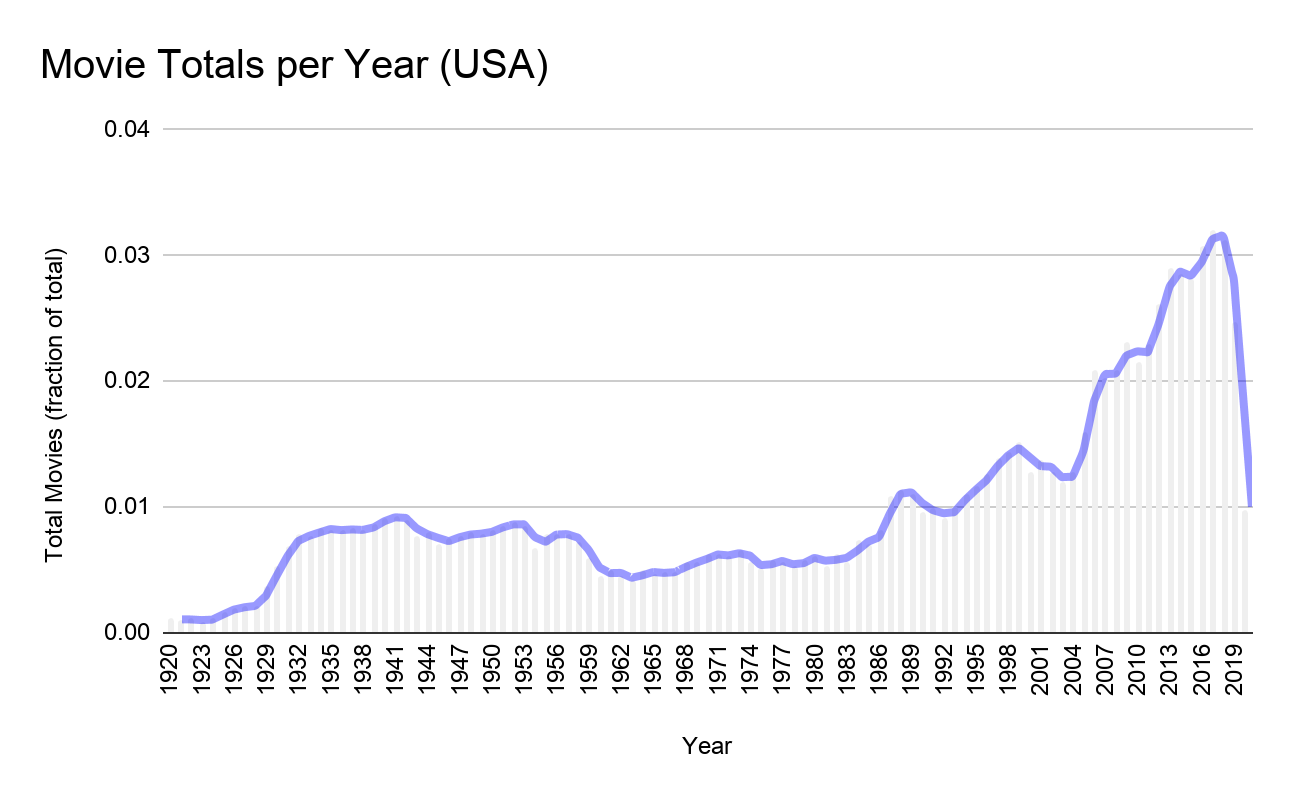A Comprehensive Overview of Movie Distribution and Marketing
Explore effective movie distribution marketing strategies in this comprehensive overview. Learn how to succeed in the film industry .

The Intricate World of Movie Distribution and Marketing
Movie distribution and marketing play crucial roles in the film industry, often determining a movie's success or failure. This intricate process involves a series of steps and strategies that filmmakers and studios use to bring their creations to audiences worldwide. In this comprehensive exploration, we will delve into the fascinating journey of how movies go from the cutting room to the silver screen, highlighting the strategies and techniques employed in their distribution and marketing.
Preparing for Distribution
Post-Production
The movie distribution and marketing process begins with post-production. After months or even years of filming, the raw footage is meticulously edited, soundtracked, and fine-tuned to create the final product. This phase also involves securing the necessary rights for music, sound effects, and other creative elements.
Film Festivals
To generate buzz and attract potential buyers, many filmmakers choose to premiere their movies at prestigious film festivals like Cannes, Sundance, or Toronto International Film Festival. These events provide a platform for showcasing their work to industry professionals and critics.
Selecting Distribution Channels
Before a movie can hit theaters or streaming platforms, distribution channels must be carefully chosen. These channels can include theatrical release, home entertainment (DVD and Blu-ray), streaming services (Netflix, Amazon Prime, Hulu), and television networks.
Theatrical Release
Distribution Deals
Securing distribution deals with major studios or independent distributors is a pivotal step in the movie distribution process. These deals determine the number of screens a movie will be shown on and the marketing budget allocated to it.
Regional and International Release
Movies are often released regionally or internationally in phases. A movie may debut in its home country first, followed by a staggered release in other regions. This allows for targeted marketing campaigns and word-of-mouth to build anticipation.
Marketing Campaigns
Simultaneously with distribution deals, marketing campaigns are set into motion. These campaigns involve creating trailers, posters, and promotional materials that pique the interest of potential viewers. Social media platforms, television, radio, and print media are used extensively to reach a wide audience.
Home Entertainment Release
DVD and Blu-ray
Home entertainment releases come after the theatrical run. This includes DVD and Blu-ray sales, often accompanied by bonus features and behind-the-scenes content to entice collectors and fans.
Digital Distribution
In the age of digital technology, movies are made available for purchase or rental on platforms like iTunes, Google Play, and Vudu. This provides viewers with the convenience of watching films from the comfort of their homes.
Streaming Services
Exclusive Streaming Agreements
Streaming services like Netflix, Amazon Prime Video, and Disney+ have revolutionized movie distribution. Filmmakers and studios often strike exclusive streaming agreements, which guarantee a substantial audience and financial compensation.
Original Content
Many streaming platforms invest in creating original content to attract subscribers. They may fund the production of new movies or acquire the rights to existing ones. These platforms leverage algorithms and user data to recommend films to their viewers.
Television Distribution
Cable and Satellite Networks
Television distribution still plays a significant role in the movie industry. Cable and satellite networks purchase broadcasting rights, allowing movies to reach a broad audience through scheduled programming.
Streaming on Demand
Television networks also offer on-demand streaming services, enabling viewers to watch movies at their convenience. These platforms often require a cable subscription or a separate fee.
Marketing Strategies
Teasers and Trailers
Movie trailers serve as a powerful marketing tool. They provide a glimpse of the film's plot, characters, and visuals, creating anticipation and excitement among the audience.
Social Media
Social media platforms like Facebook, Instagram, Twitter, and TikTok are instrumental in modern movie marketing. Viral challenges, sneak peeks, and interactive content engage audiences and foster discussions.
Influencer Partnerships
Collaborating with social media influencers and celebrities can extend a movie's reach. These influencers have dedicated followers who may be interested in the drama film entertainment.
Press Junkets
Press junkets involve the cast and crew participating in interviews and promotional events with journalists. This generates media coverage and builds awareness about the comedy movie film .
Merchandise
Movie tie-in merchandise, such as toys, clothing, and collectibles, can further promote a film and provide additional revenue streams.
Part 7: Post-Release Strategies
Word-of-Mouth
Positive word-of-mouth is invaluable in sustaining a movie's success. Reviews, social media discussions, and audience recommendations can influence others to watch the film.
Awards and Nominations
Accolades from film festivals, awards shows, and critics can boost a movie's profile and attract more viewers.
Challenges and Innovations
Piracy
One of the enduring challenges in movie distribution is piracy. Illegally downloading or streaming movies can result in significant revenue loss for filmmakers and studios. To combat this, various anti-piracy measures, such as digital rights management (DRM) and legal actions against piracy websites, are implemented.
Data Analytics
Data analytics have become instrumental in understanding audience preferences and behavior. Studios and streaming platforms use sophisticated algorithms to recommend movies to users based on their viewing history, helping to personalize the viewing experience.
Virtual Reality (VR) and Augmented Reality (AR)
The emergence of VR and AR technologies has opened up new possibilities in movie marketing. Interactive VR experiences and AR apps allow fans to immerse themselves in the movie's world, enhancing engagement and anticipation.
Crowdsourcing and Crowdfunding
Independent filmmakers often turn to crowdsourcing and crowdfunding platforms to finance their projects. These platforms enable filmmakers to connect with fans and secure funding, giving them creative control and a dedicated audience from the start.
Movie distribution and marketing are dynamic and ever-evolving processes. From the earliest stages of post-production to the ongoing efforts to maintain interest post-release, filmmakers and studios must navigate a complex landscape. By understanding the intricacies of these processes and adapting to changing technologies and audience behaviors, the film industry can continue to captivate and entertain audiences worldwide.
What's Your Reaction?

















